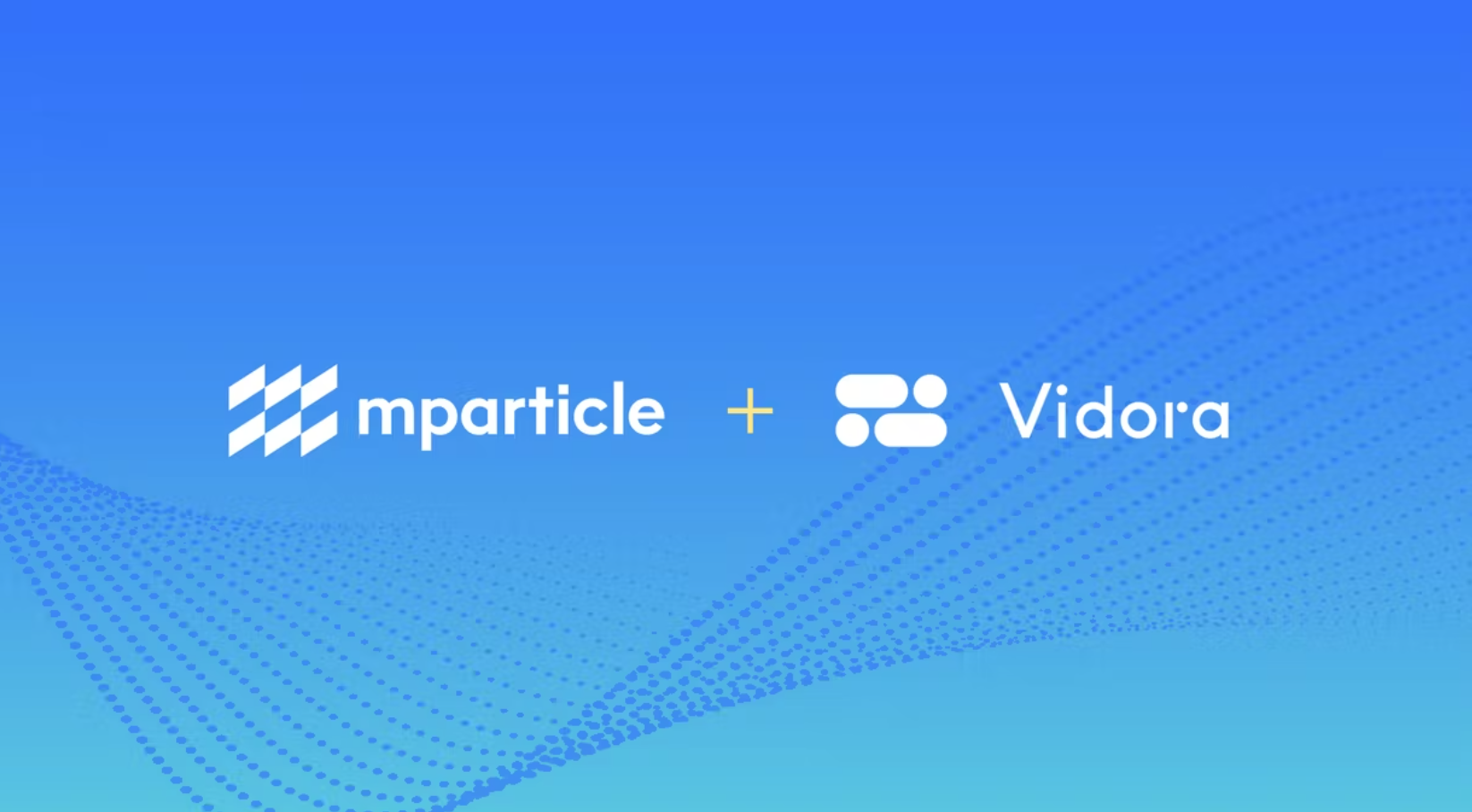
Digital media businesses are increasingly turning to paywalls to realize value from their content. The combination of a digital experience and a transaction (i.e. purchasing a subscription) offer a unique opportunity for businesses to leverage machine learning in order to maximize conversions and revenue from paywalls.
Some of the areas a real-time machine learning engine can optimize include –
- Timing – When to show the paywall (should there be metering? If so, how much?)
- Amount – How much to charge this user for a subscription?
- Discounts – Which offer should this user receive (i.e. “3 months free” or “$12.99 a month”)
Hard and Soft Paywalls
A paywall is a virtual barrier that restricts access to certain content until a user has paid or signed up. There are different types of paywalls businesses leverage. Hard paywalls restrict access to content until a user subscribes. Soft, or metered, paywalls give users access to a limited number of free content before a hard paywall is shown.

Example of a hard paywall being shown on The Wall Street Journal
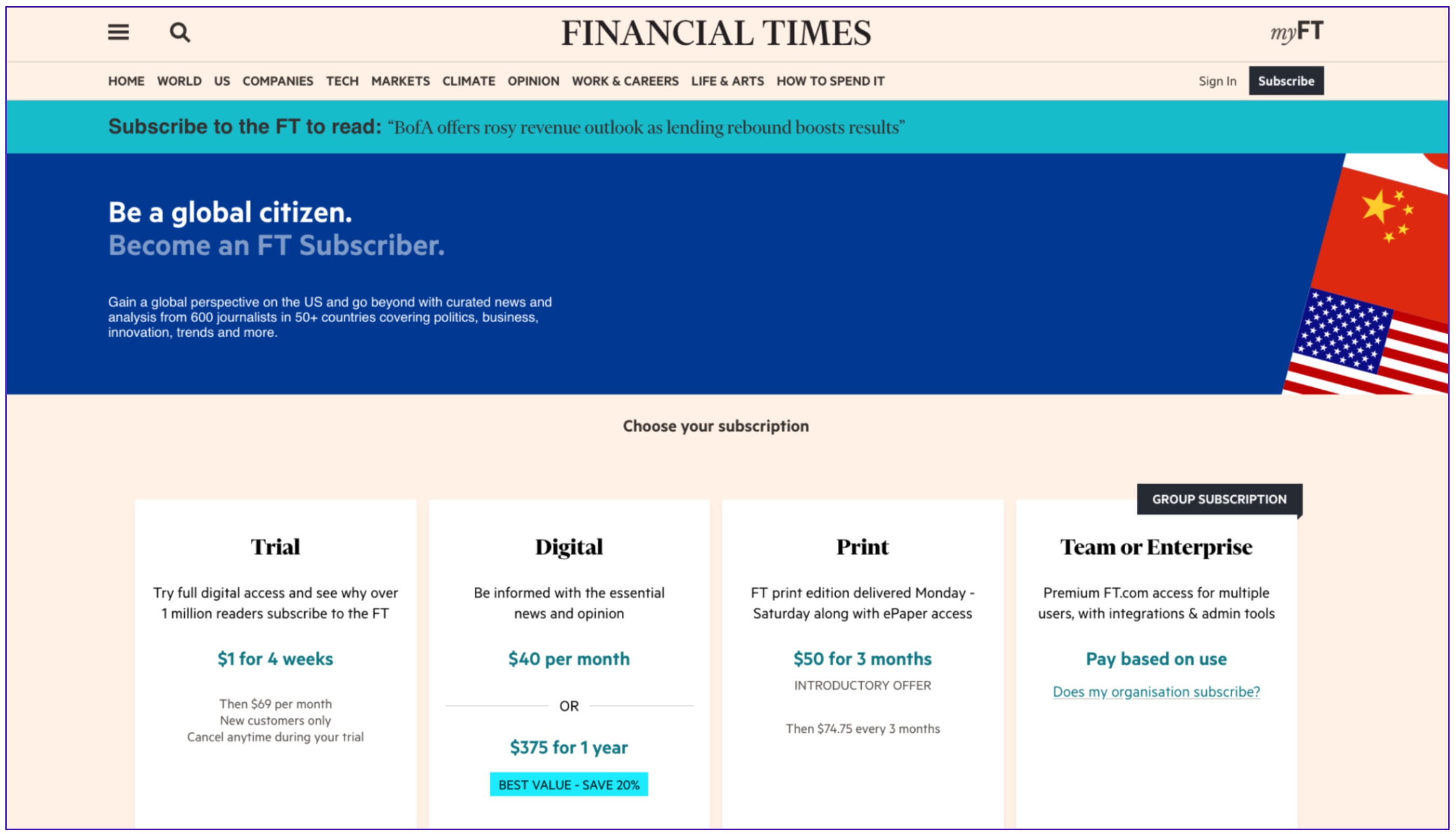
Example of a hard paywall showcasing different subscription types on the Financial Times
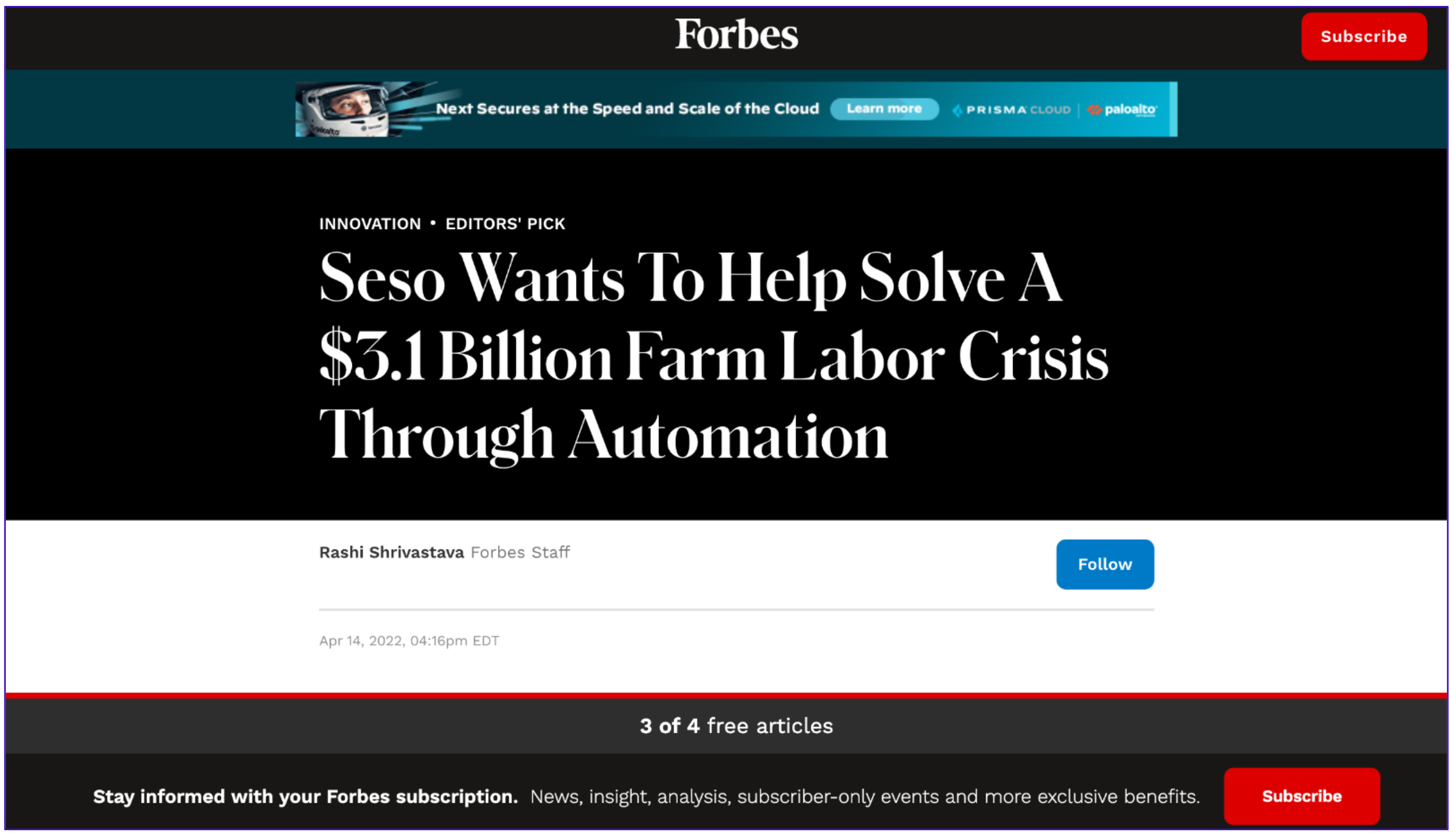
Example of a soft, metered paywall that is offering 4 free articles before limiting article access on Forbes
A dynamic paywall is a personalized approach to the traditional hard or soft paywall. Dynamic paywalls, powered by machine learning, show a unique experience to every user based on their behaviors and what the system has learned from the behavior of previous users.
Examples of typical behaviors and user attributes in which a machine learning system can learn from include:
- Content categories the user engaged with
- Time spent reading a specific article
- Time spent on the entire site
- Cadence of site visits
- Amount of content read, watched, or listened to
- Time of day visits occur
- Devices a visit occurs on
- User demographic data
Machine learning, and related automated feature engineering technology, learns the best experience to provide each user from user attributes and user behaviors like those outlined above.
Dynamic Paywalls and Real-Time Machine Learning
Implementing dynamic paywalls using machine learning typically requires a combination of next-best-action technology and real-time machine learning.
Next-Best-Action Machine Learning
Next-best-action (or next-best-offer) is a framework which specifies the best action to take on a user based on their past behaviors. For example, if a user has a high propensity to subscribe – the optimal action would be to give a hard paywall since they are a loyal customer and have a high chance of converting. Alternatively, if a user has low propensity to subscribe, you may want to provide additional free articles to introduce them more to your content. Note that there are many additional aspects of next-best-action to consider. This includes: building a dynamic paywall with “weighting” decisions based on the value to a business, introducing new actions, ensuring the system is constantly learning about new actions, etc.
Real-Time Machine Learning
Real-time machine learning enables a dynamic paywall to target anonymous users, first-time-users, and in-session user behaviors using a dynamic paywall. With the impending death of 3rd party cookies, and the commensurate increase in anonymous users, the ability to leverage real-time data is even more important. Vidora provides a real-time machine learning framework which combines real-time in-session user behaviors with historical user behaviors in order to make decisions on the best action to take on users. This framework is well-suited to media businesses optimizing conversions using real-time machine learning.
Vidora Cortex for Dynamic Paywalls
Using Cortex, media companies are able to quickly leverage real-time machine learning to power their dynamic paywalls. Below is an example of building an uplift model (learn more about Uplift Modeling here) which determines whether to show a particular user an offer or not in order to encourage conversion.
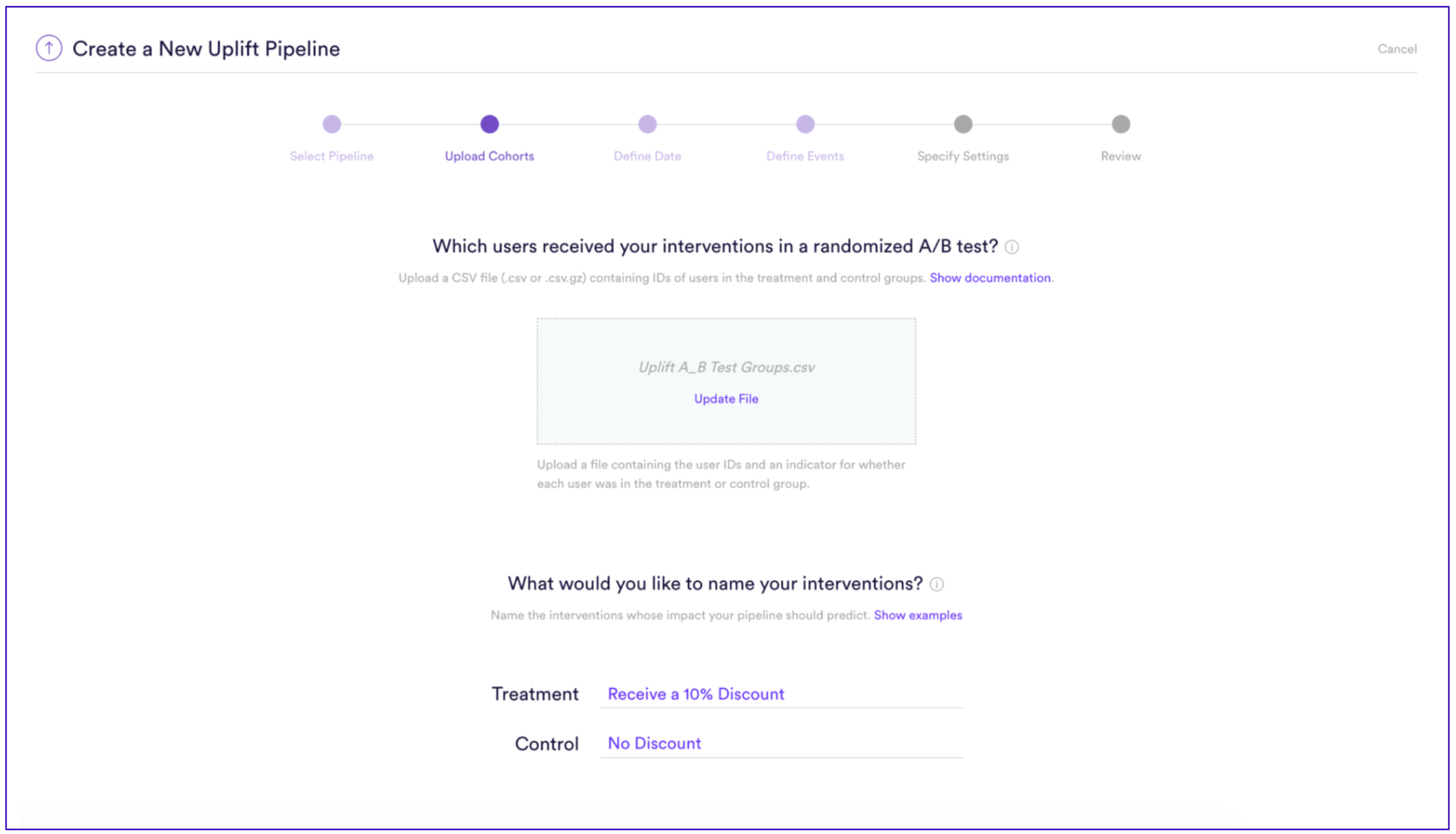
Using Uplift Modeling, the user describes both the Treatment (an offer) and the Control (no offer).
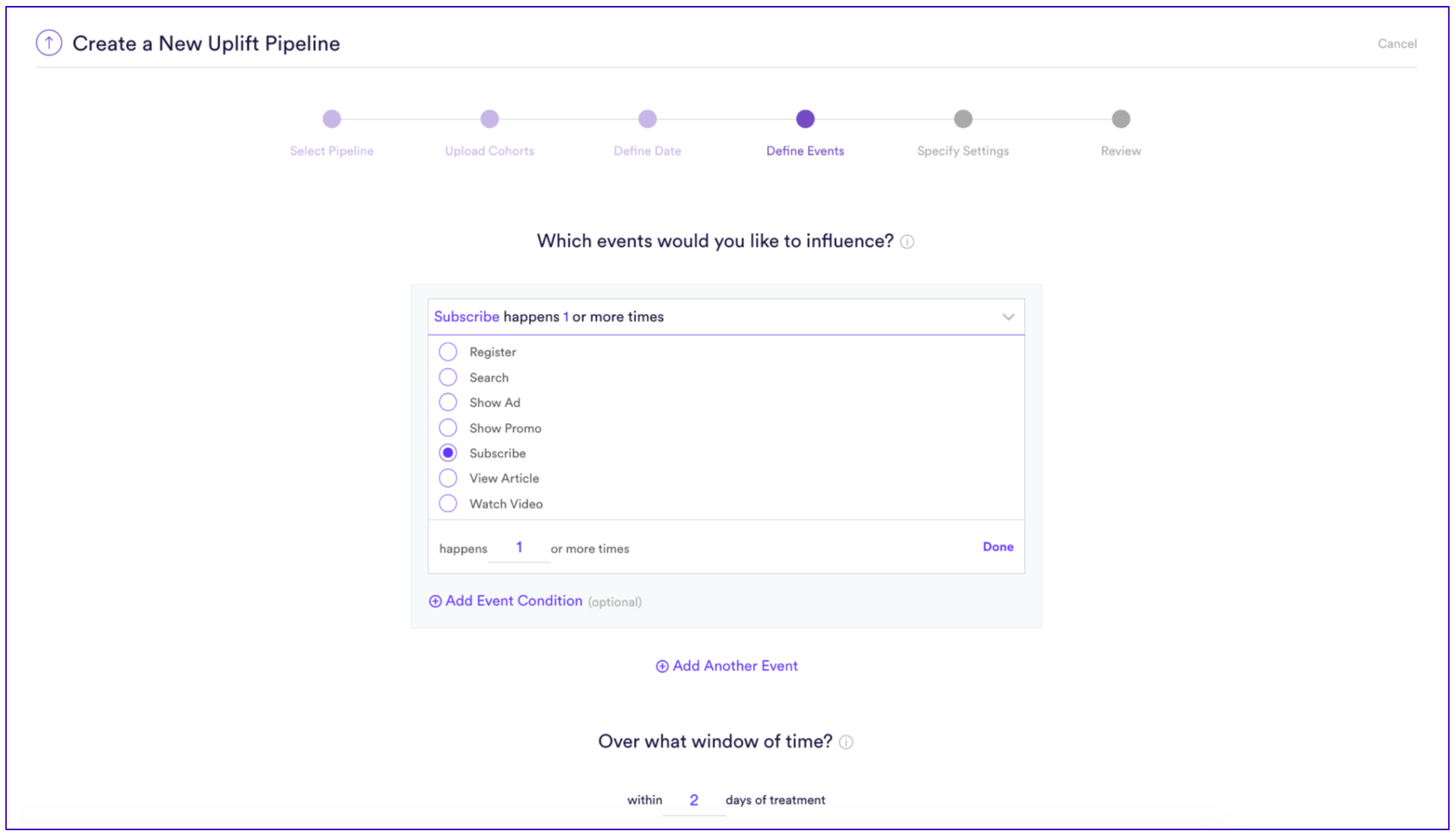
In Cortex, the goal is specified to increase conversions.
We’ve designed Cortex to make it easier for a business to both build an initial dynamic paywall experience, but also to quickly iterate on new dynamic paywall experiences. Just a few clicks in Cortex can create new paywalls and modify existing paywalls in order to increase conversions. The Vidora Decisioning SDK makes it possible to use both real-time and historical user behaviors to power the dynamic paywall experience.
We are always keen to learn more about particular dynamic paywall experiences. If you would like to talk, please contact us at info@vidora.com for more information.
